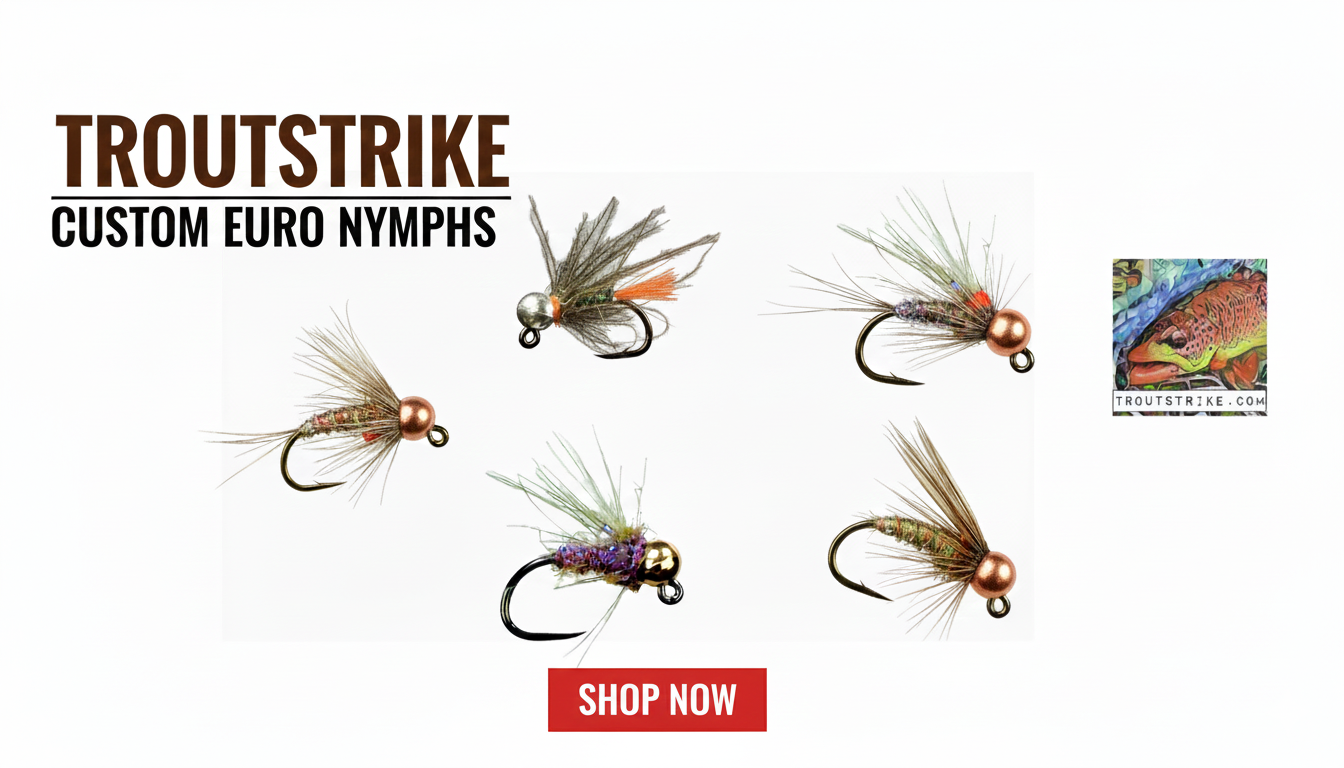Perdigons are more tactical than imitative, They do not contain any bulk, which helps them race to the bottom in fast water types. Perdigons represent a variety of aquatic insects. European competition anglers developed them to imitate small insects in fast moving currents. When fished in that manner, trout do not have a lot of time to inspect them. Flashy body material and a brightly colored hot spots help trout see perdigons in fast currents. Tie them in a variety of sizes and colors to represent a range of different subsurface bugs.
The Olive and Black perdigon is a staple in my fly box. It features a two-tone body to give it a segmented look. The alternating olive and black segments are created with two separate pieces of crystal flash. You can experiment with different colored hot spots. I generally have confidence in orange or red.
How Do You Tie a Perdigon?
Perdigons are simple to tie and only require a few basic materials. They are designed to create as little resistance as possible. Start with a sharp jig stlye hook, a heavy tungsten bead, and a thin spool of thread. Use thin, stiff fibers for the tail. Most fly tyers prefer coq de leon. Numerous materials can be used for the body of the fly such as, Krystal Flash, Veevus Body Quill, and holographic tinsel. Perdigons can also be tied in a more subtle style with plain thread. Brightly colored thread can be used to create a hot spot. Perdigons are coated with a thin UV Resin to help it sink faster and increase durability. I prefer Loon Flow, but many tiers rave about Solarez Bone Dry. Typically, perdigons will feature a black wing case. The wing case can be created with everything from a black sharpie to colored UV resins.
Why Do Perdigons Catch Trout?
Perdigons are tied with heavy tungsten beads and feature materials that do not create resistance. So, they sink incredibly fast. They can be fished in any water type but are optimal in fast moving currents where it may be difficult to get smaller flies down to trout quickly. Water types like shallow riffles and pocket water often require short drifts. These are the kinds of spots where perdigons shine.
Additionally, perdigons help to present smaller flies effectively in fast currents without split shots, allowing anglers to stay in direct contact with them throughout the drift. They can be tied in a variety of ways to represent anything in the spectrum of a trout’s diet. Lastly, perdigons are virtually indestructible. The entire fly is protected in a UV coating. So, perdigons can be fished all day long without being damaged by trout’s teeth. This prevents you from re-rigging and keeps your fly in the water, where it belongs.
Spend more time on the water.
Have a great day!

Jeff Smecker
*Make sure to leave a comment below!






One thought on “How to Tie the Olive & Black Perdigon”